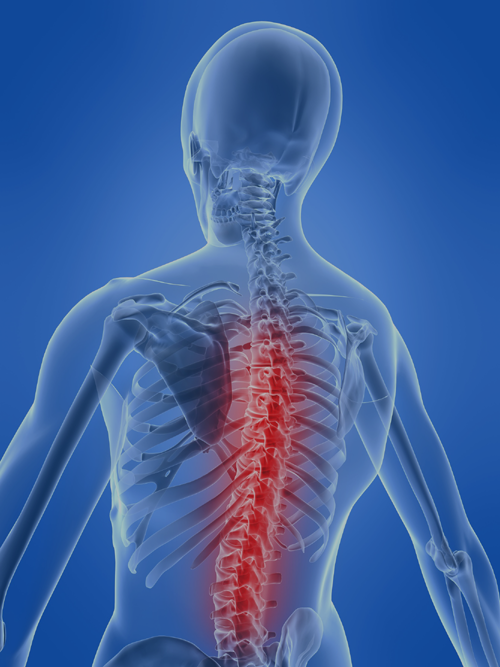Questions about our spinal decompression therapy?

Most patients report a reduction in pain after the first few sessions. Typically, significant improvement is obtained by the second week of treatment.
How long does it take to complete Spinal Decompression treatment?One session of Spinal Decompression therapy usually last about one hour. It consists of a 30 minute treatment on the DRX-9000, followed by a 15 minute IFC treatment and finished with cold laser therapy for 7-10 minutes.
Do I qualify for Spinal Decompression treatment?Since I began Providing Non-Surgical Spinal Decompression Therapy with the DRX-9000, I have been inundated with questions from both doctors and patients as to which conditions can be treated most effectively. Herniated Discs, bulging discs, degenerative disc disease and failed back surgery, are some of the conditions the may qualify for Spinal Decompression Therapy. Since not all cases of lower back pain qualify for Spinal Decompression Therapy, proper patient selection is essential to obtain favorable outcomes. Exclusion criteria include:
Exclusion Criteria:
Appliances such as pedicle screws and rods
Pregnancy
Prior lumbar fusion less than six months old
Metastatic cancer
Severe osteoporosis
Spondylolisthesis (unstable)
Recent Compression fracture of lumbar spine
Pars defect
Pathologic aortic aneurysm.
Pelvic or abdominal cancer
Disc space infections
Severe peripheral neuropathy
Hemiplegia, paraplegia, or cognitive dysfunction
Most patients do not experience any side effects. Though, there have been some mild cases of muscle spasm for a short period of time.
Decompression is achieved by using a specific combination of spinal positioning and varying the degree and intensity of force. The key to producing this decompression is the gentle pull that is created by a logarithmic curve. When distractive forces are generated on a logarithmic curve the typical proprioceptor response is avoided. Avoiding this response allows decompression to occur at the targeted area.
Is there any risk to the patient during treatment on Spinal Decompression?NO. Spinal Decompression is totally safe and comfortable for all subjects. The system has emergency stop switches for both the patient and the operator. These switches (a requirement of the FDA) terminate the treatment immediately thereby avoiding any injuries.
How does Spinal Decompression treatment differ from ordinary spinal traction?Traction is helpful at treating some of the conditions resulting from herniated or degeneration. Traction cannot address the source of the problem. Spinal Decompression creates a negative pressure or a vacuum inside the disc. This effect causes the disc to pull in the herniation and the increase in negative pressure also causes the flow of blood and nutrients back into the disc allowing the body's natural fibroblastic response to heal the injury and re-hydrate the disc. Traction and inversion tables, at best, can lower the intradiscal pressure from a +90 to a +30 mmHg. Spinal Decompression is clinically proven to reduce the intradiscal pressure to between a -150 to -200 mmHg. Traction triggers the body's normal response to stretching by creating painful muscle spasms that worsen the pain in affected area.
In most cases Spinal Decompression treatment is not contra-indicated for patients that have had spinal surgery. In fact many patients have found success with Spinal Decompression after a failed back surgery.
